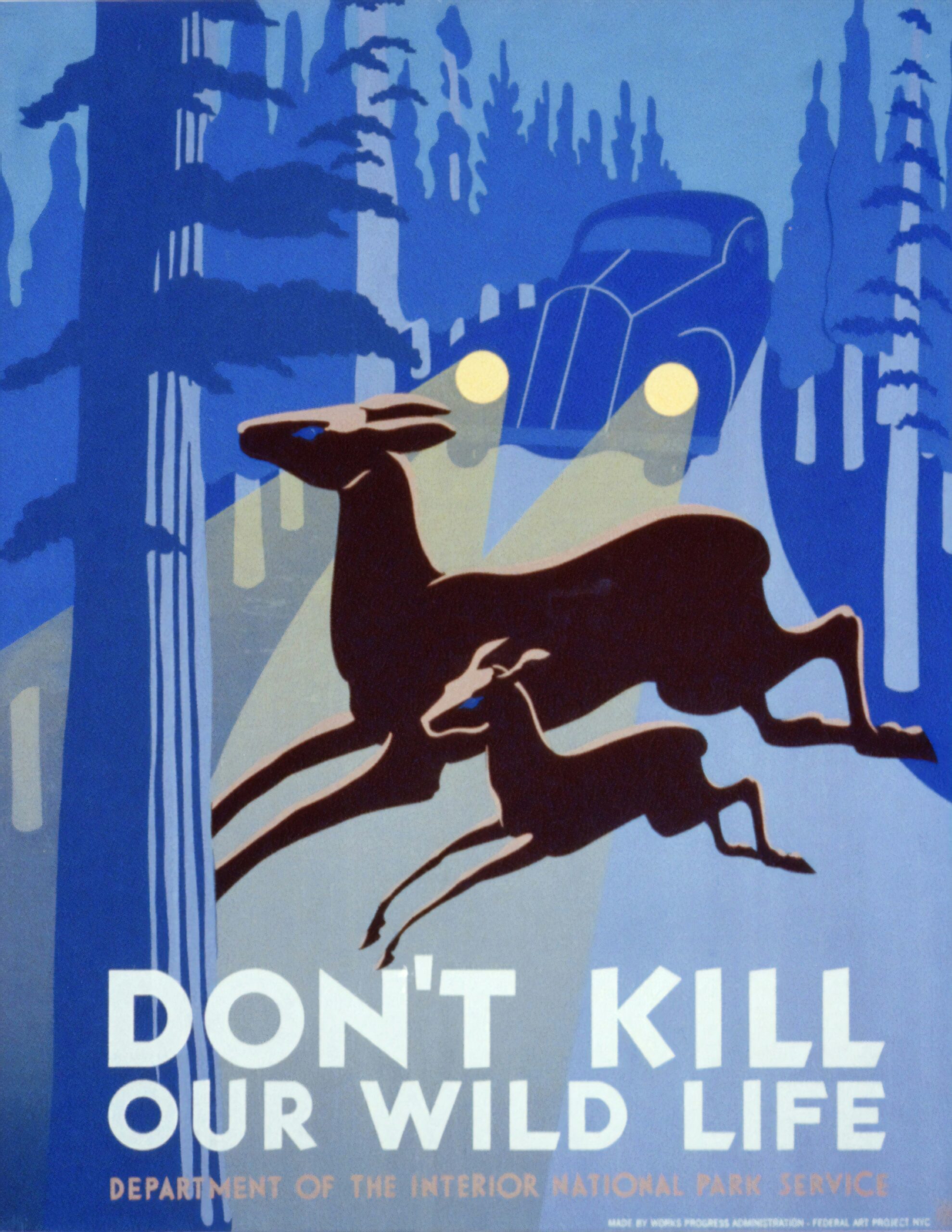The Importance of Wildlife Conservation
Wildlife conservation plays a crucial role in maintaining the delicate balance of our ecosystem. It helps protect endangered species, preserves biodiversity, and ensures the sustainability of our planet. As the world becomes more digitally connected, technology has emerged as a powerful tool in the fight for wildlife conservation.
The Role of UI/UX in Wildlife Conservation Apps
UI/UX design, which stands for User Interface and User Experience design, focuses on creating intuitive and user-friendly interfaces for digital platforms. When it comes to wildlife conservation apps, UI/UX design plays a vital role in engaging users, raising awareness, and encouraging action.
Effective UI/UX design in wildlife conservation apps can make a significant impact by providing users with a seamless and enjoyable experience. It enables them to easily navigate through the app, access relevant information, and contribute to conservation efforts.
Innovative UI/UX Features for Animal Protection Apps
1. Interactive Maps: Interactive maps are a powerful tool for wildlife conservation apps. They allow users to explore different regions, learn about endangered species, and track conservation efforts in real-time. By incorporating visually appealing and informative maps, these apps can educate users about the importance of protecting specific habitats and the species that reside within them.
2. Gamification: Gamification techniques can be utilized to make wildlife conservation apps more engaging. By incorporating elements of gaming, such as challenges, rewards, and leaderboards, these apps can encourage users to actively participate in conservation efforts. This not only enhances user experience but also fosters a sense of accomplishment and community.
3. Augmented Reality (AR): AR technology can be leveraged to provide users with immersive experiences that bring them closer to wildlife. By using their smartphones or tablets, users can view virtual animals in their natural habitats, learn about their behaviors, and gain a deeper understanding of the challenges they face. AR can also be used to simulate the impact of climate change or habitat destruction, further highlighting the urgency of conservation efforts.
4. Personalized Recommendations: By utilizing machine learning algorithms, wildlife conservation apps can provide personalized recommendations to users. These recommendations can include information about nearby conservation projects, volunteering opportunities, or ways to reduce their ecological footprint. Tailoring the app experience to the user’s interests and location increases the likelihood of their active involvement in conservation efforts.
The Future of Wildlife Conservation Apps
As technology continues to advance, the possibilities for UI/UX innovations in wildlife conservation apps are endless. With the rise of artificial intelligence, virtual reality, and wearable devices, these apps can become even more immersive, interactive, and impactful.
Imagine a future where users can virtually adopt endangered animals, track their progress, and receive updates on their well-being. Or a world where wildlife conservation apps seamlessly integrate with smart devices, allowing users to contribute to conservation efforts through everyday actions.
By combining innovative UI/UX design with emerging technologies, wildlife conservation apps have the potential to revolutionize the way we protect and preserve our planet’s precious wildlife.
Conclusion
UI/UX innovations in wildlife conservation apps are paving the way for a more engaging and effective approach to animal protection. These innovations not only enhance user experience but also increase awareness, encourage action, and foster a sense of responsibility towards wildlife conservation. As we continue to embrace technology, let us leverage its power to safeguard the incredible biodiversity that exists on our planet.


Leave a Reply